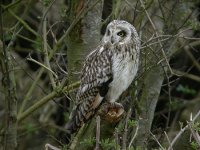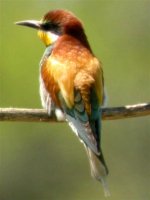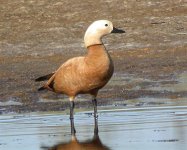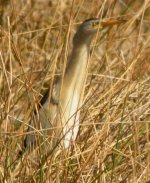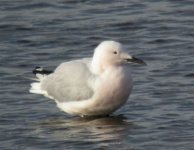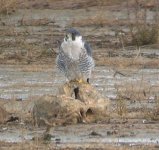Is it possible to attach a quality DSLR (Canon or Nikon) to a top-end (Swarovski ATS80HD) 'scope?
I am currently using a Nikon CP4500 attached via the Swarovski DCA but am disappointed with the results (will explain more fully in another post). I am looking at alternative cameras (the Contax U4R looked good, but seems to have disappeared off the radar) and I recently met a guy in the field who, after I found him a Lesser Yellowlegs, whipped a pro-looking camera from his rucksack with 20x eyepiece already attached and substituted this for the zoom eyepiece on his scope. He showed me the shots he had taken on the LCD display, which looked very good, but then disappeared before I could interrogate him further!
I think his camera was a Canon and it appeared to be attached to the 20x eyepiece (not sure of the make of 'scope but think it might have been Zeiss or Leica) by a "proper" adapter.
Any info welcome at this stage.
I am currently using a Nikon CP4500 attached via the Swarovski DCA but am disappointed with the results (will explain more fully in another post). I am looking at alternative cameras (the Contax U4R looked good, but seems to have disappeared off the radar) and I recently met a guy in the field who, after I found him a Lesser Yellowlegs, whipped a pro-looking camera from his rucksack with 20x eyepiece already attached and substituted this for the zoom eyepiece on his scope. He showed me the shots he had taken on the LCD display, which looked very good, but then disappeared before I could interrogate him further!
I think his camera was a Canon and it appeared to be attached to the 20x eyepiece (not sure of the make of 'scope but think it might have been Zeiss or Leica) by a "proper" adapter.
Any info welcome at this stage.




